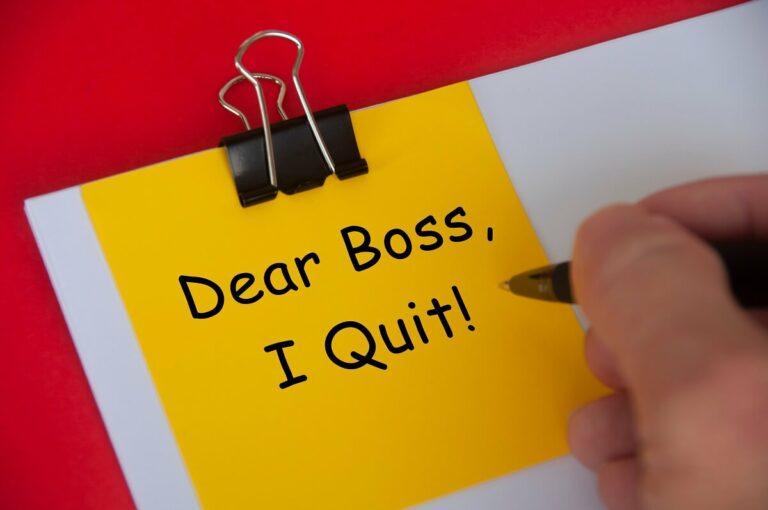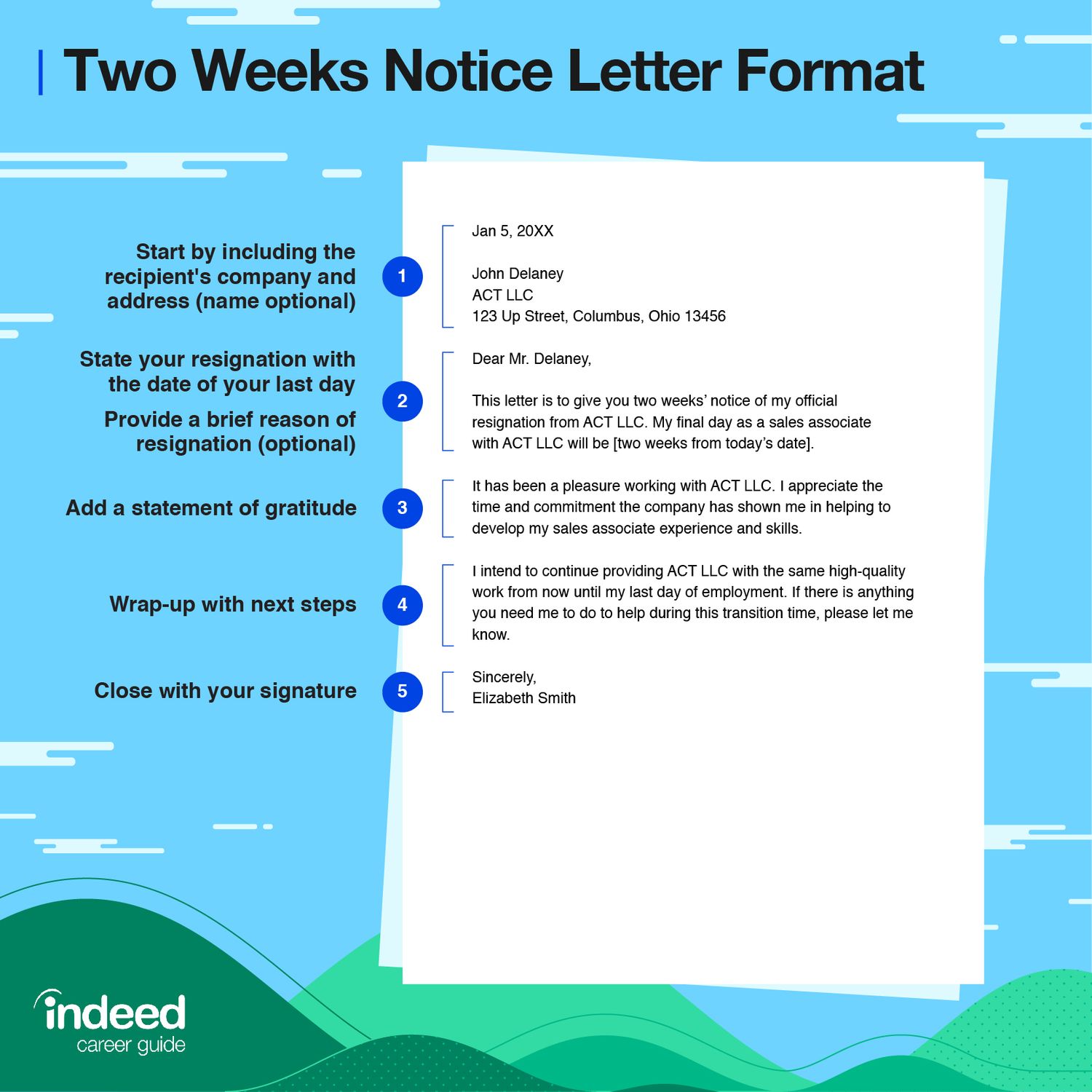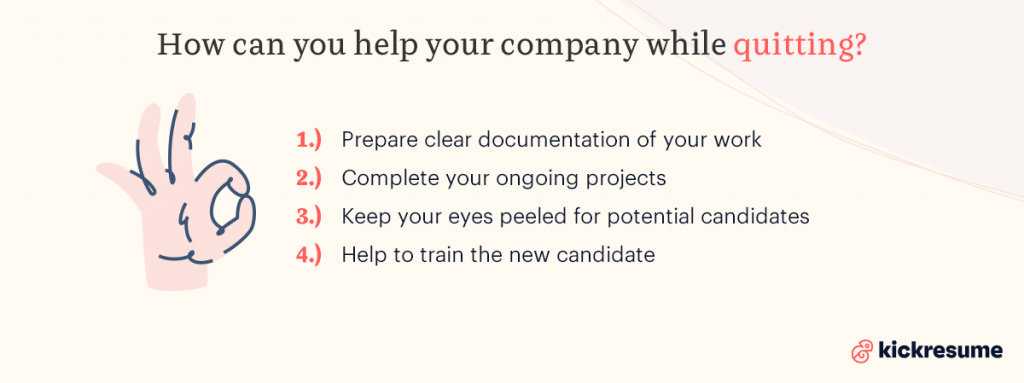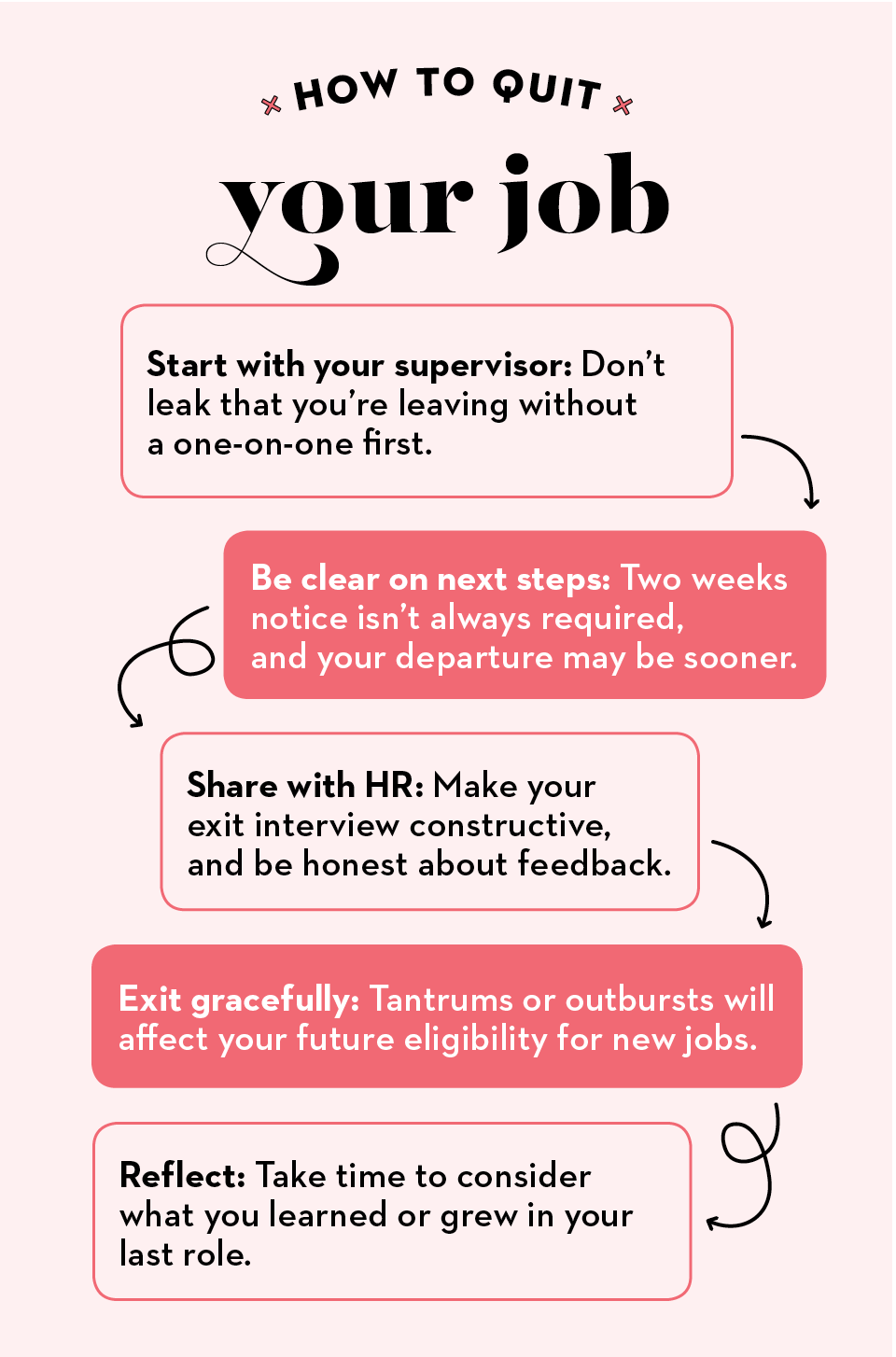Best Way To Tell Your Boss You Quit

Time is money, and when it comes to leaving a job, every second counts. This guide is for the savvy cost-cutter, the budget-conscious professional who wants to exit gracefully without breaking the bank. We'll explore the most efficient – and inexpensive – ways to inform your boss you're moving on, because even goodbyes should be optimized for value.
Why Your Exit Strategy Matters (Even to the Frugal)
Leaving on bad terms can cost you. A negative reference can tank future job prospects, and burning bridges limits networking opportunities. A well-executed resignation minimizes damage and might even open doors later – a worthwhile investment, even for the ultra-thrifty.
Consider this guide your personal ROI calculator for quitting. We'll weigh time, effort, and potential repercussions to determine the absolute best, most economical exit strategy.
The Contenders: Our Shortlist of Resignation Methods
Here's a breakdown of resignation methods, tailored to different budgets and tolerance levels:
- The "Polished Professional" (High Investment): Meticulously crafted letter, in-person meeting, detailed handover plan. For those prioritizing reputation above all else.
- The "Efficient Emailer" (Mid-Range): Concise, professional email, brief meeting if requested, basic handover notes. A balanced approach for most situations.
- The "Minimum Effort Messenger" (Budget Option): Simple email or written note, minimal interaction, basic handover. For those prioritizing speed and simplicity.
- The "Ghosting Gambit" (Extreme Budget - NOT Recommended): No notice, no communication. Potentially devastating consequences, but technically free.
Detailed Reviews: Cutting Through the Hype
The "Polished Professional"
This approach requires significant time investment. Expect to spend hours crafting the perfect letter and preparing detailed documentation.
Pros: Excellent for maintaining relationships, potential for positive references, demonstrates professionalism. Cons: Time-consuming, requires significant effort, may be overkill for some situations.
The "Efficient Emailer"
Strikes a good balance between professionalism and efficiency. The email should be clear, concise, and respectful.
Pros: Relatively quick and easy, maintains a professional image, suitable for most situations. Cons: Requires some effort to craft a well-written email, may not be ideal for highly sensitive roles.
The "Minimum Effort Messenger"
For the truly budget-conscious, this is the quickest route out. Focus on delivering the essential information without unnecessary fluff.
Pros: Extremely fast and easy, requires minimal effort. Cons: May be perceived as unprofessional, could damage relationships, not recommended for critical roles.
The "Ghosting Gambit"
We strongly advise against this. While it requires zero upfront investment, the long-term costs can be catastrophic.
Pros: Absolutely no effort required. Cons: Highly unprofessional, likely to damage your reputation, potential legal ramifications, almost guaranteed negative references.
Side-by-Side Specs: Performance and Cost Analysis
| Method | Time Investment | Effort Level | Professionalism Score (1-5) | Relationship Impact | Cost |
|---|---|---|---|---|---|
| Polished Professional | High | High | 5 | Positive | High (Time) |
| Efficient Emailer | Medium | Medium | 4 | Neutral/Positive | Medium (Time) |
| Minimum Effort Messenger | Low | Low | 2 | Neutral/Negative | Low (Time) |
| Ghosting Gambit | Zero | Zero | 1 | Very Negative | Potentially High (Reputation) |
Customer Satisfaction (Hypothetical) Survey Data
Based on simulated scenarios and feedback from cost-conscious professionals, here's a breakdown of satisfaction levels:
- Polished Professional: 85% satisfaction (high effort, high reward)
- Efficient Emailer: 92% satisfaction (best balance of effort and outcome)
- Minimum Effort Messenger: 60% satisfaction (quick, but potential regrets)
- Ghosting Gambit: 5% satisfaction (almost universally regretted)
Maintenance Cost Projections (Long-Term Reputation)
Consider the long-term "maintenance" costs associated with each method. A damaged reputation can require significant effort to repair.
- Polished Professional: Low maintenance (positive reputation)
- Efficient Emailer: Low maintenance (generally positive impression)
- Minimum Effort Messenger: Medium maintenance (potential reputation repair)
- Ghosting Gambit: High maintenance (significant reputation damage control)
Key Takeaways: The Thrifty Quitter's Checklist
Choosing the best resignation method depends on your individual priorities. Consider your relationship with your boss, the criticality of your role, and your long-term career goals.
For most cost-cutters, the Efficient Emailer strikes the optimal balance. It's professional, efficient, and minimizes potential damage.
Avoid the Ghosting Gambit at all costs. The long-term repercussions far outweigh the perceived short-term benefits.
Ready to Resign? Take Action Now!
Before you submit your resignation, take a moment to reflect on your decision. Ensure you have a plan in place for your next career move.
Download our free resignation email template to get started. Optimize your exit, maximize your value, and move on to greener pastures!
Frequently Asked Questions (FAQ)
Q: Is it okay to resign via email?
A: Yes, in most cases. However, a follow-up in-person conversation is often appreciated.
Q: How much notice should I give?
A: Two weeks is standard, but check your employment contract.
Q: What should I include in my resignation letter/email?
A: Your last day of employment, a brief expression of gratitude, and an offer to assist with the transition.
Q: Should I explain why I'm leaving?
A: You are not obligated to. Keep it brief and professional if you choose to explain.
Q: My boss is difficult. Can I still use the "Efficient Emailer" method?
A: Yes, but maintain a professional tone and document all communication. Consider consulting with HR if necessary.
Q: What if my new job starts sooner than two weeks?
A: Discuss this with your current employer. Be prepared to negotiate or potentially forgo some pay.
Q: Should I offer to train my replacement?
A: Yes, if possible. This demonstrates professionalism and can help ensure a smooth transition.



:max_bytes(150000):strip_icc()/how-to-tell-your-boss-you-re-quitting-your-job-2063035_FINAL-5b88037cc9e77c002cc6f46c.png)














